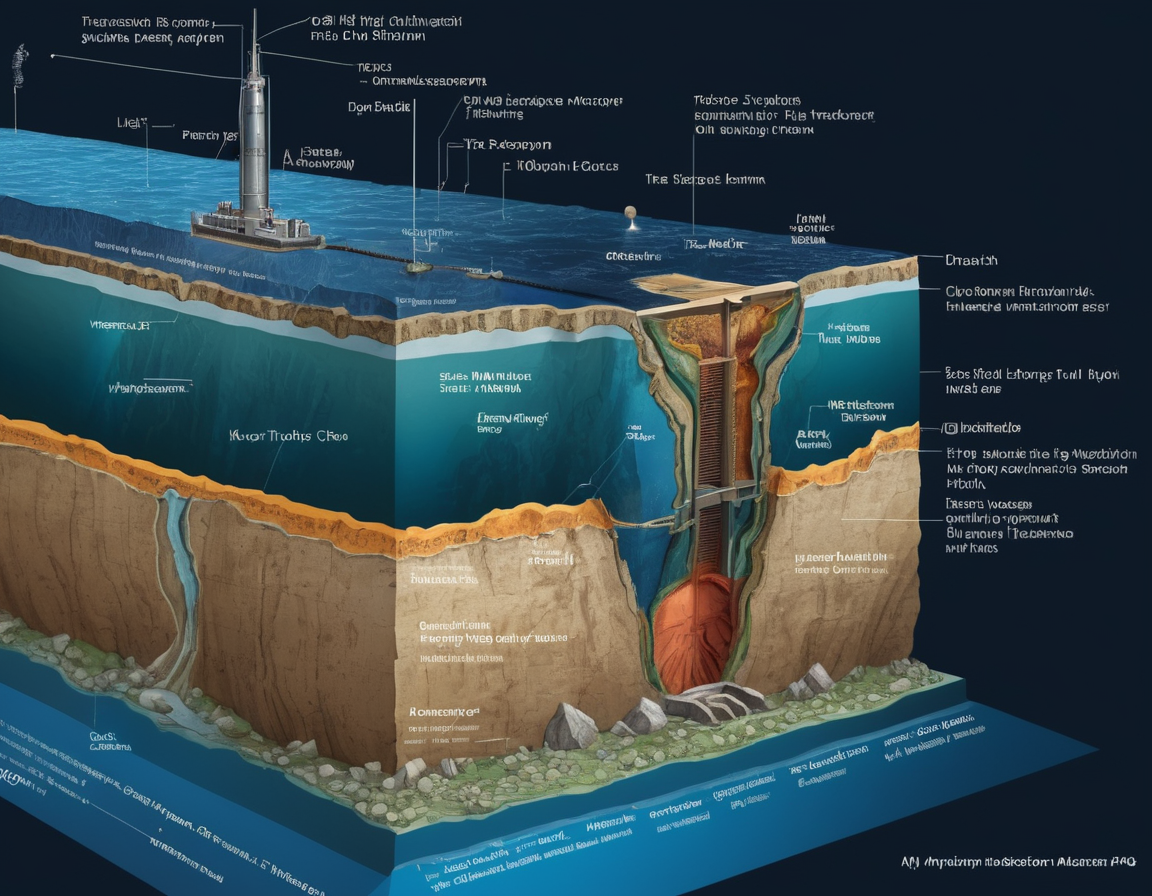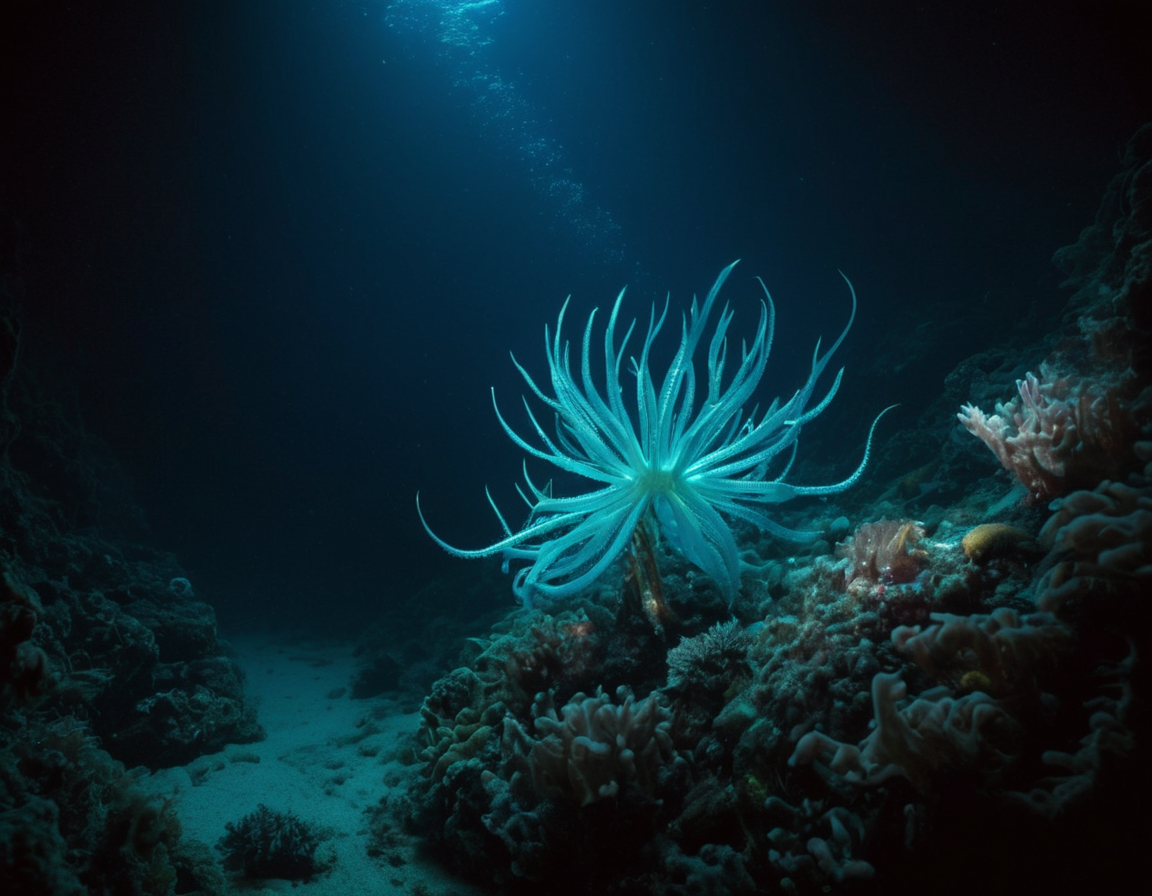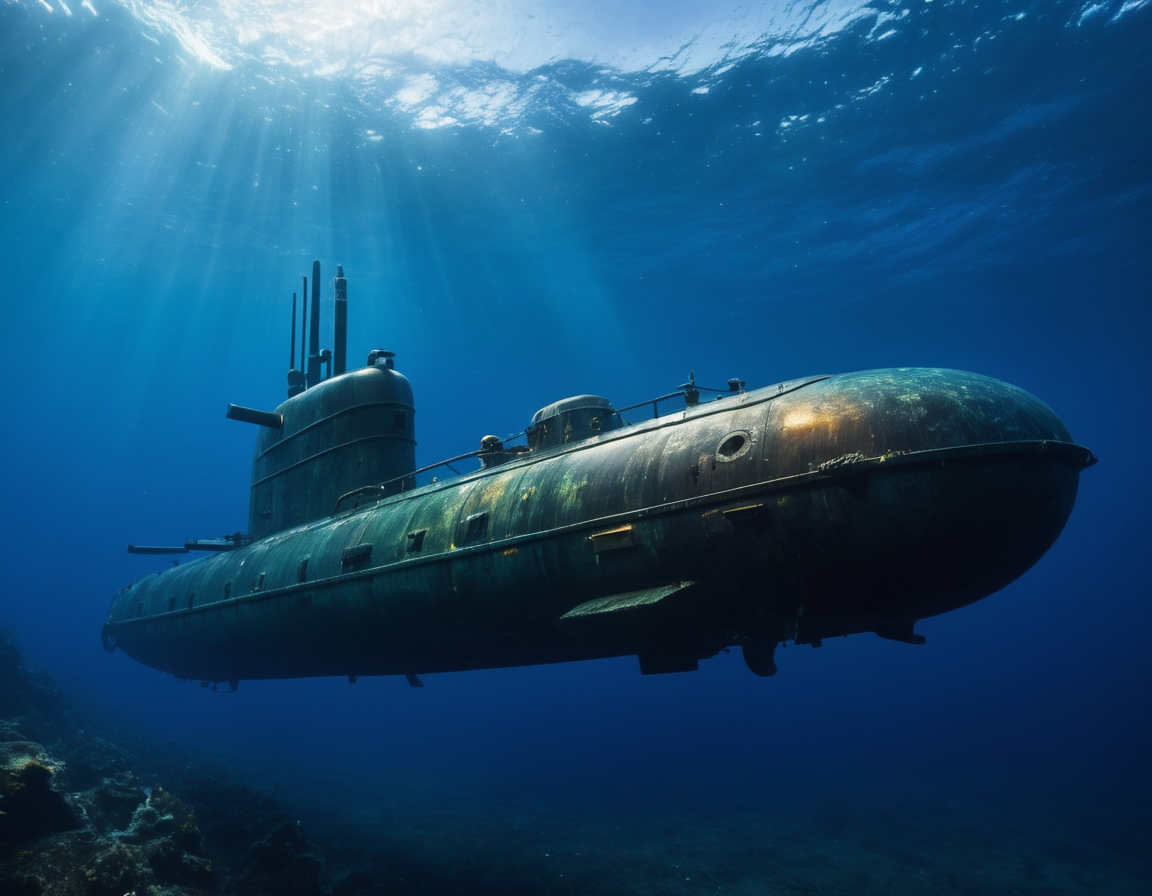Exploring the Depths of Mariana Trench: Earth’s Final Frontier
Unveiling the Mysteries of the Mariana Trench
Deep beneath the surface of the Pacific Ocean lies a world shrouded in darkness and mystery—the Mariana Trench. Known as the deepest part of the world’s oceans, this enigmatic trench has captivated scientists, explorers, and dreamers alike.
An Overview of the Mariana Trench
The Mariana Trench is located in the western Pacific Ocean, to the east of the Mariana Islands, from which it derives its name. It reaches a staggering depth of approximately 36,070 feet (nearly 11,000 meters), earning it the title of the deepest natural trench in the world. The trench spans over 1,500 miles (2,550 kilometers) in length and has an average width of 43 miles (69 kilometers). The most profound point of the trench is known as the Challenger Deep. 
The Formation of the Trench
The geology behind the Mariana Trench’s formation is as fascinating as its depths. It was created by the process of subduction, where one tectonic plate is forced beneath another, which in this case is the Pacific Plate being subducted beneath the smaller Mariana Plate. This monumental geological activity has been occurring for millions of years, producing not only the trench but also a series of underwater volcanoes and seismic activity.
Life in the Abyss
Another astounding aspect of the Mariana Trench is the life that thrives within its extreme environment. Organisms that make the trench their home endure unimaginable pressures, frigid temperatures, and complete darkness. Unique species, many of which have yet to be discovered or fully understood, exploit the scarce resources available, leading scientists to reconsider life’s potential sustainability in outer space or other inhospitable environments on Earth. 
Challenger Deep: The Ultimate Challenger
Challenger Deep, named after the HMS Challenger, whose expedition in 1872 first sounded the depths of the trench, represents the pinnacle of deep-sea exploration. This section of the trench has been visited by only a handful of manned submersibles over the years, and even fewer people have laid eyes on this remote part of our planet. The deepest solo dive was conducted by the film director James Cameron in 2012, aboard the Deepsea Challenger submersible.
Conservation and Future Research
Despite its remoteness, the Mariana Trench is not immune to the impacts of human activities. Pollution such as microplastics has been found at various depths within the trench, raising concerns about the health of its ecosystems. Moving forward, sustainable exploration and research efforts are crucial to understanding this alien-like environment and protecting it for future generations.
Join the journey to celebrate, understand, and preserve the enigmatic beauty of one of Earth’s last frontiers—because what we do not know can not only fascinate us but also teach us more about our own existence and the preservation of this blue planet we call home. 






